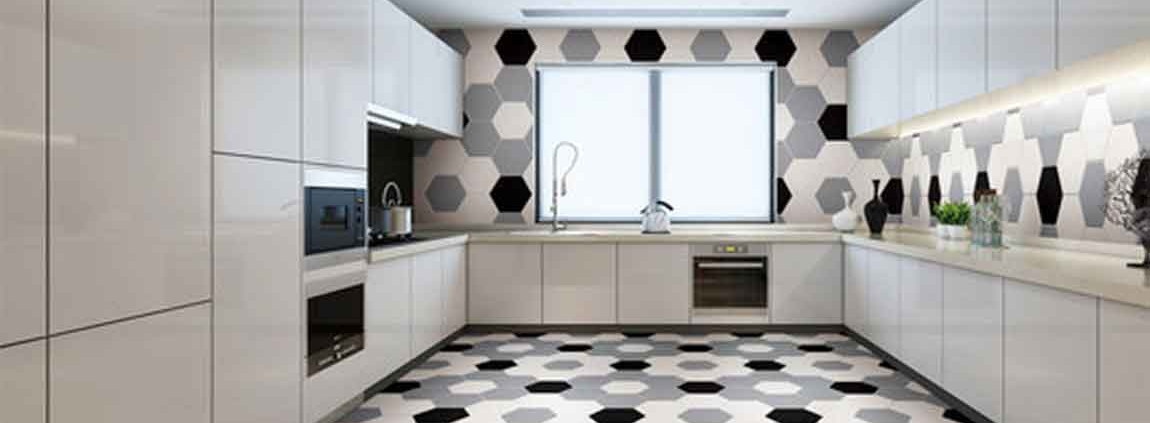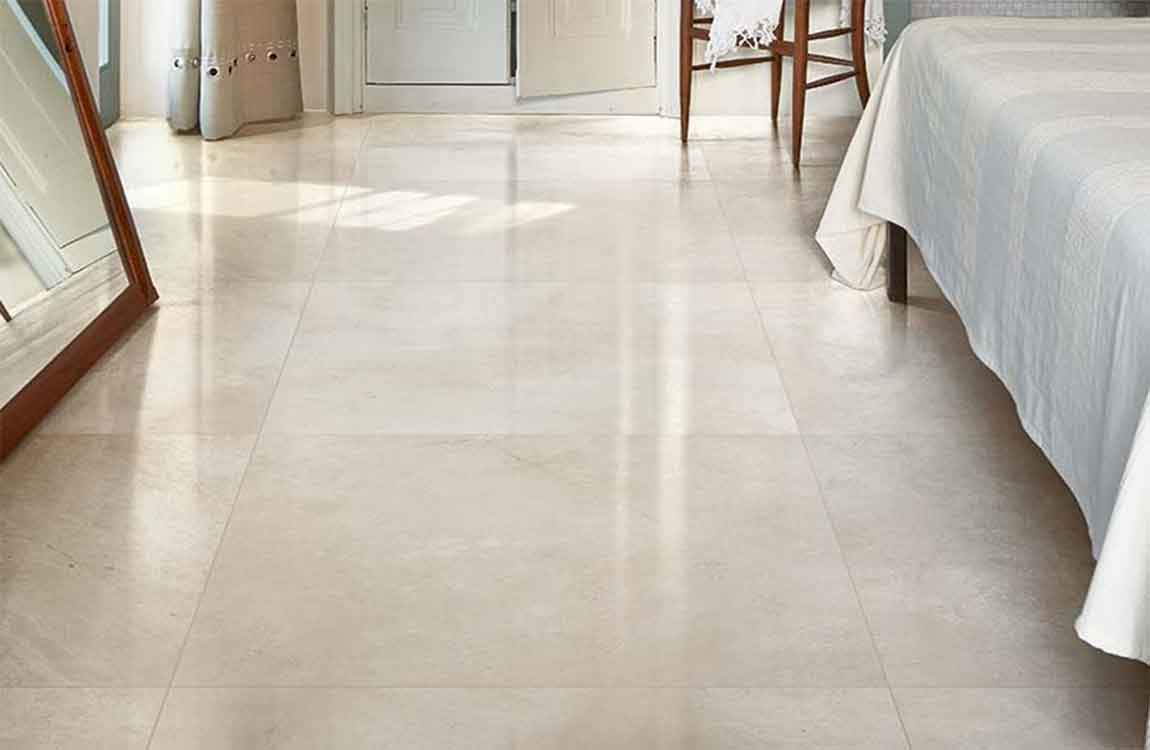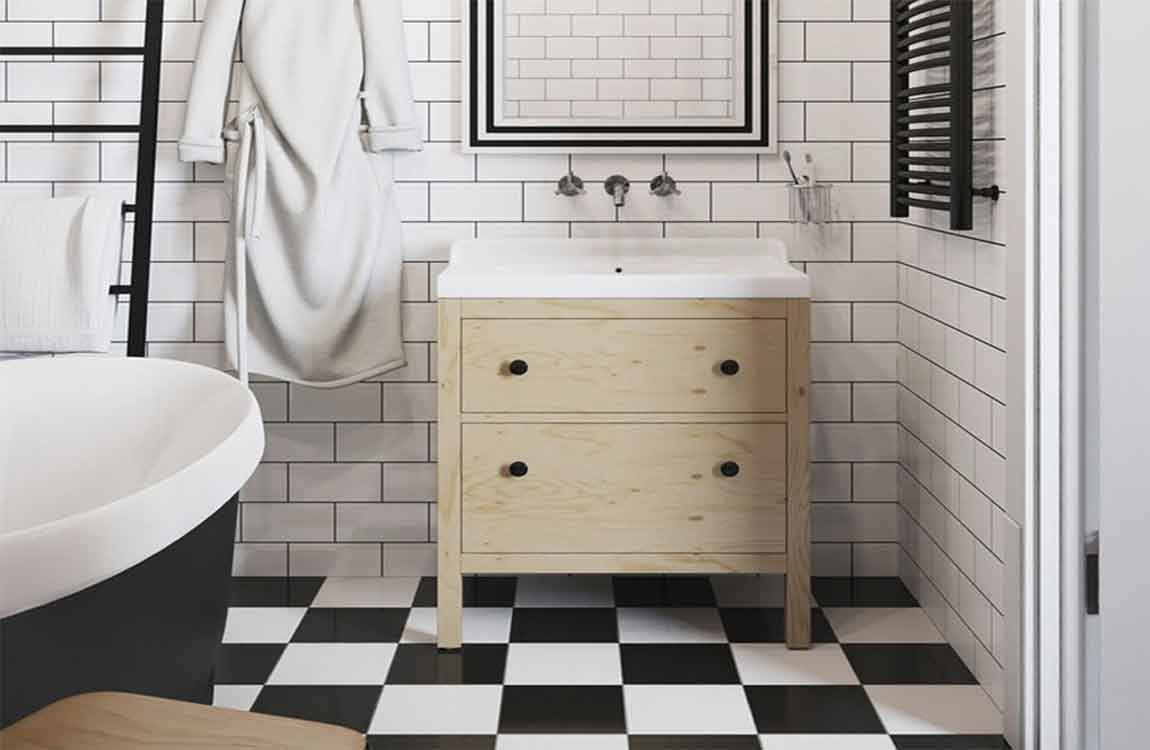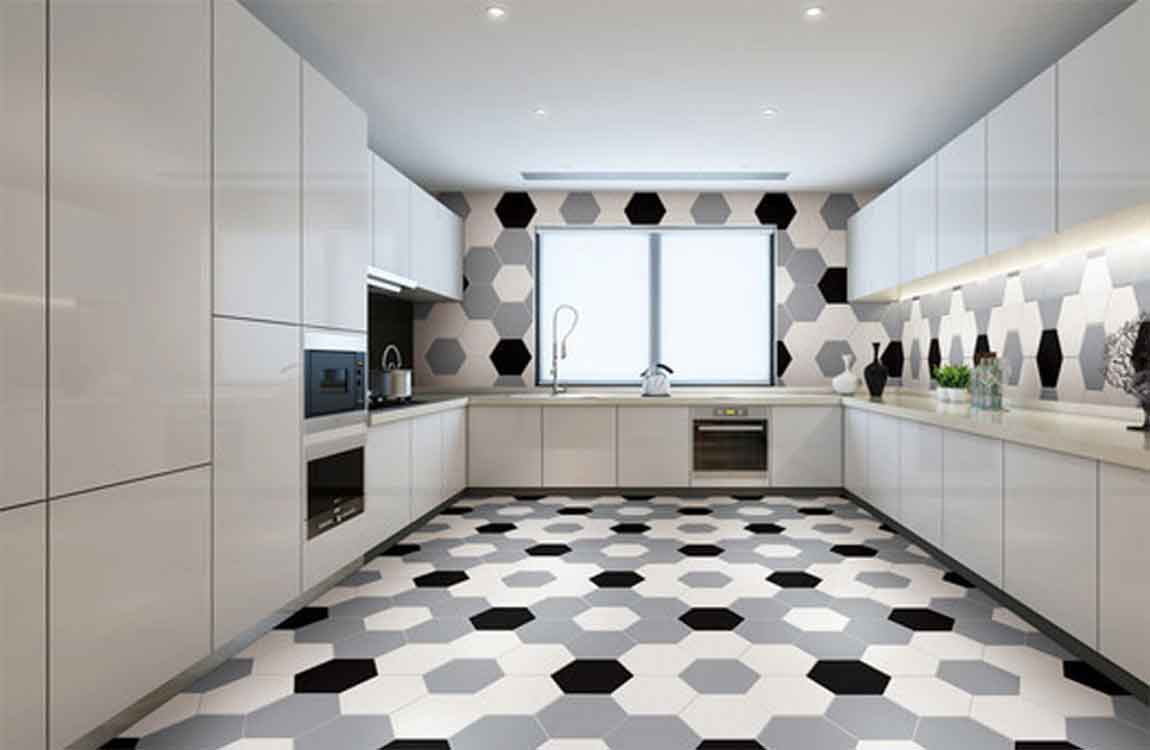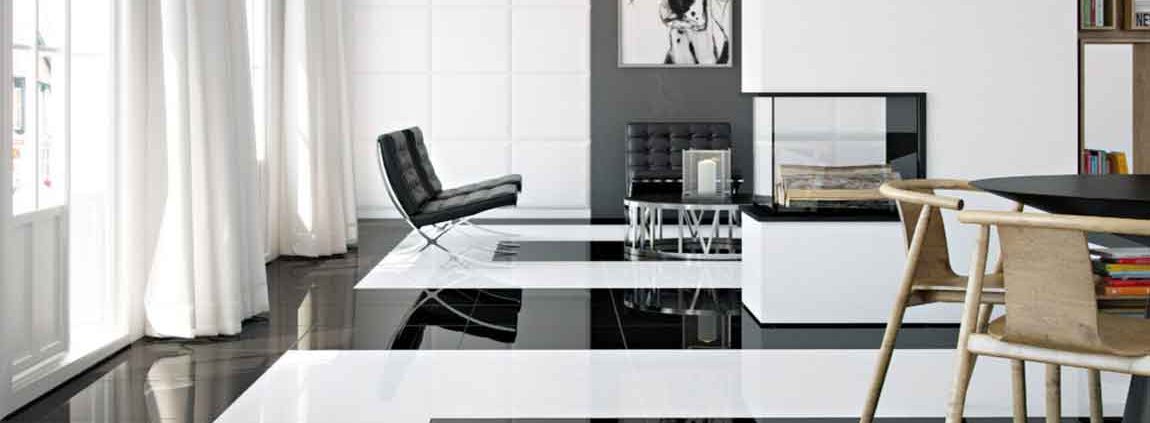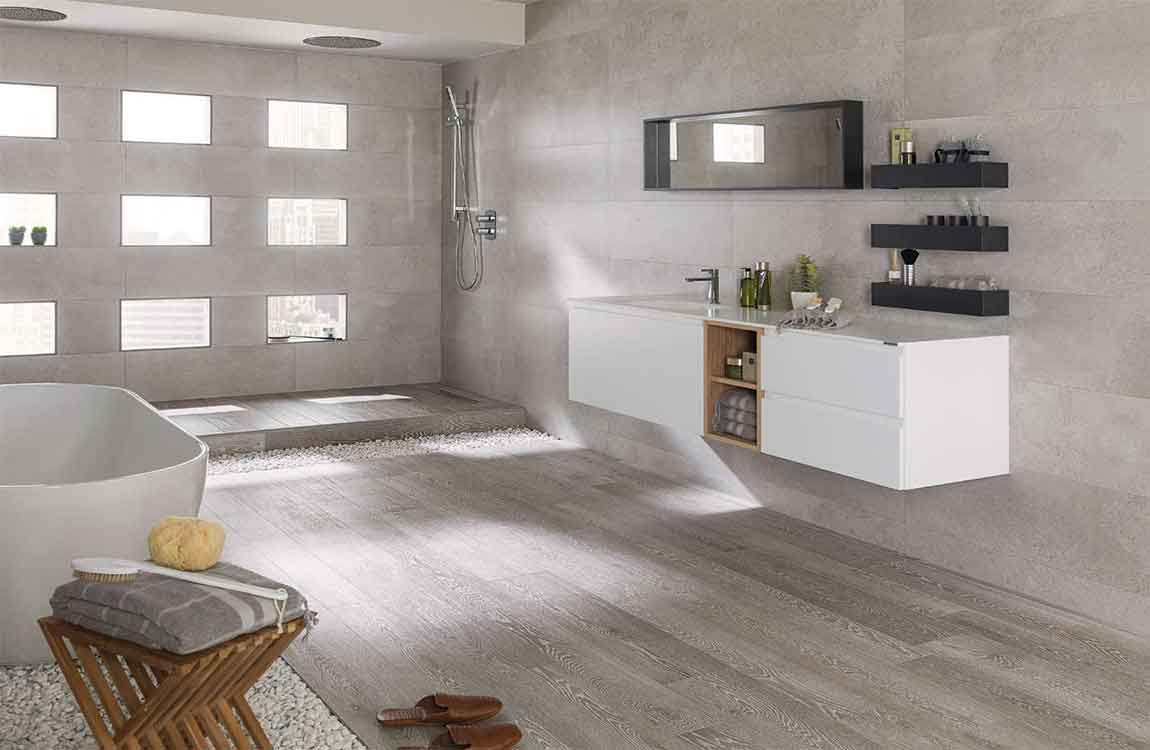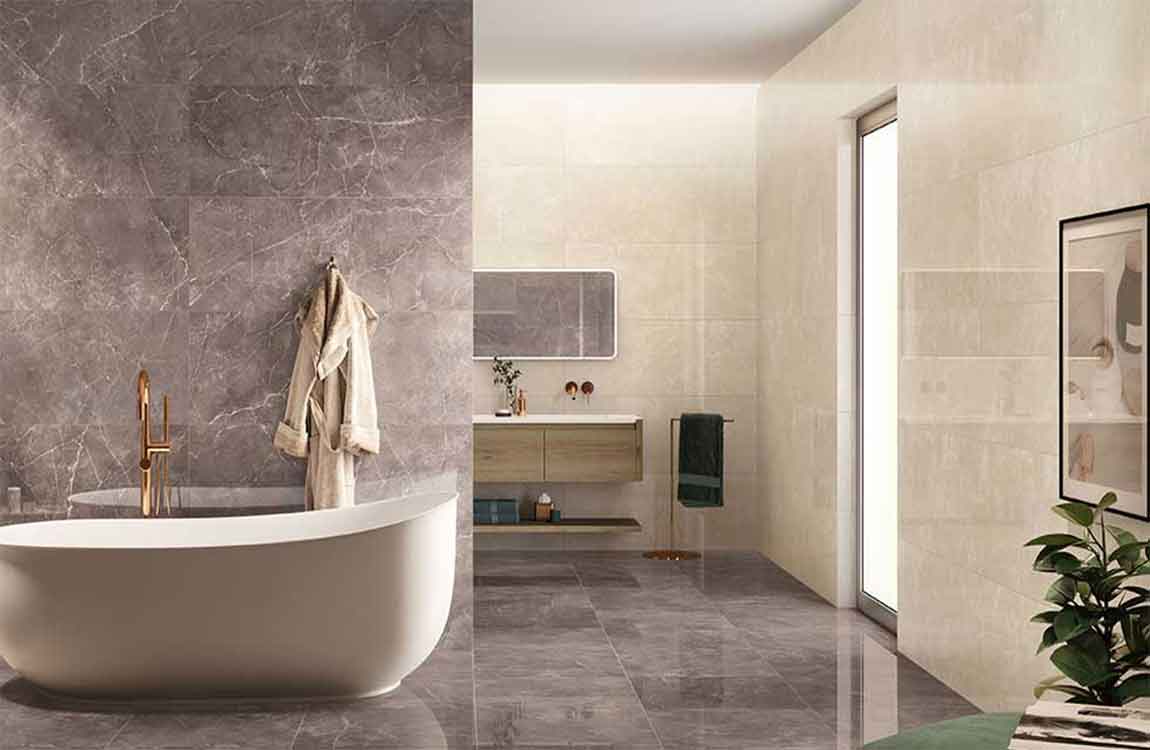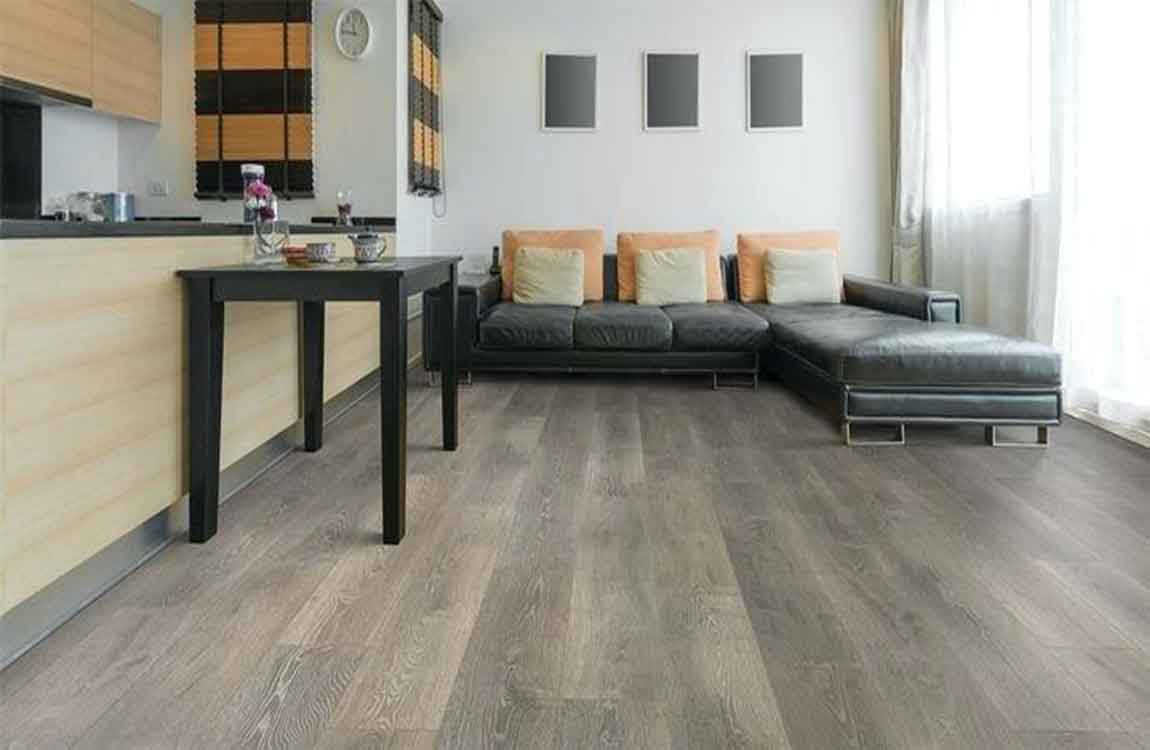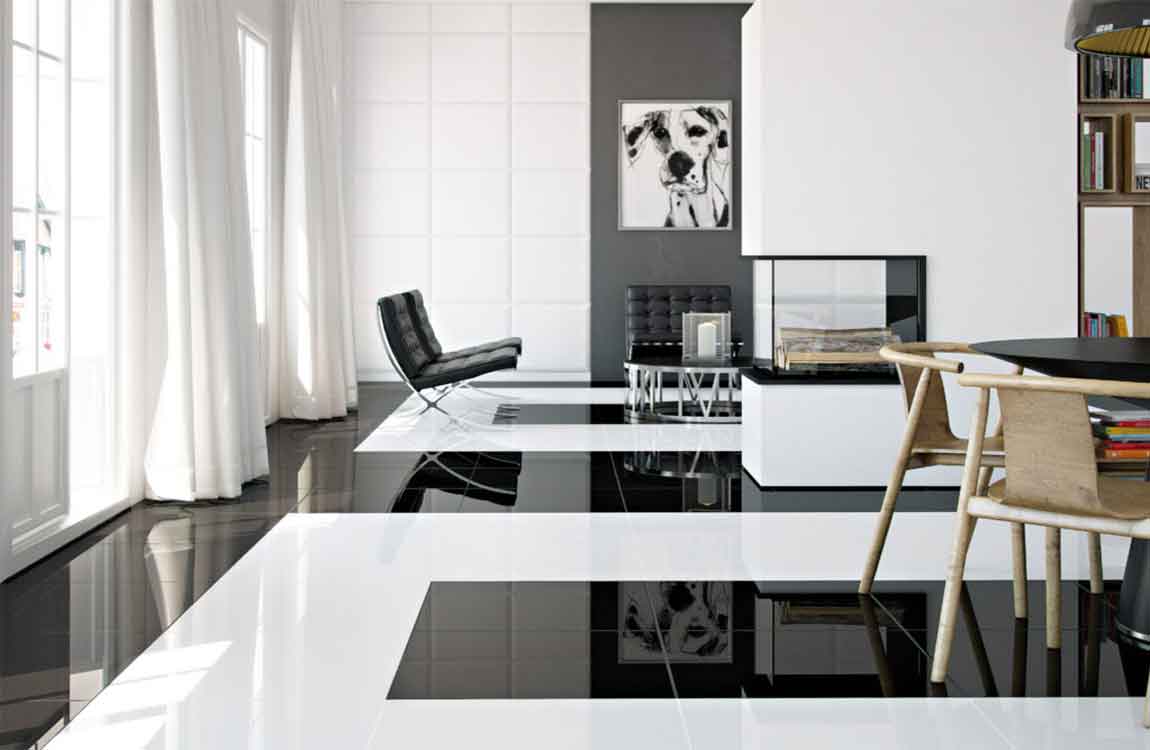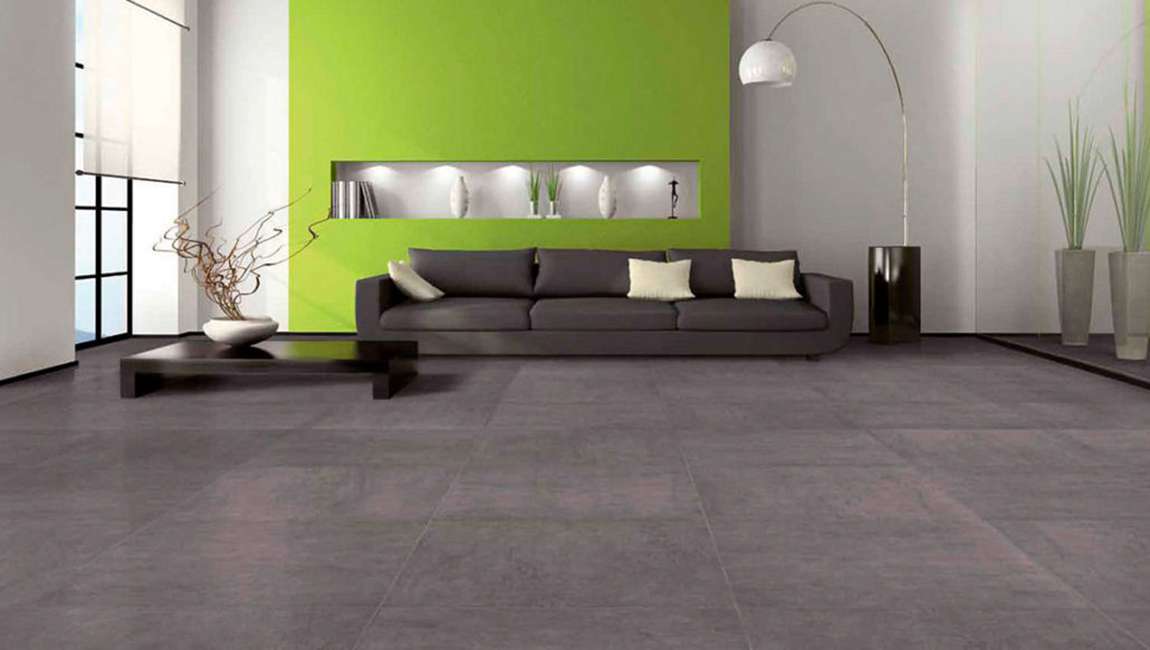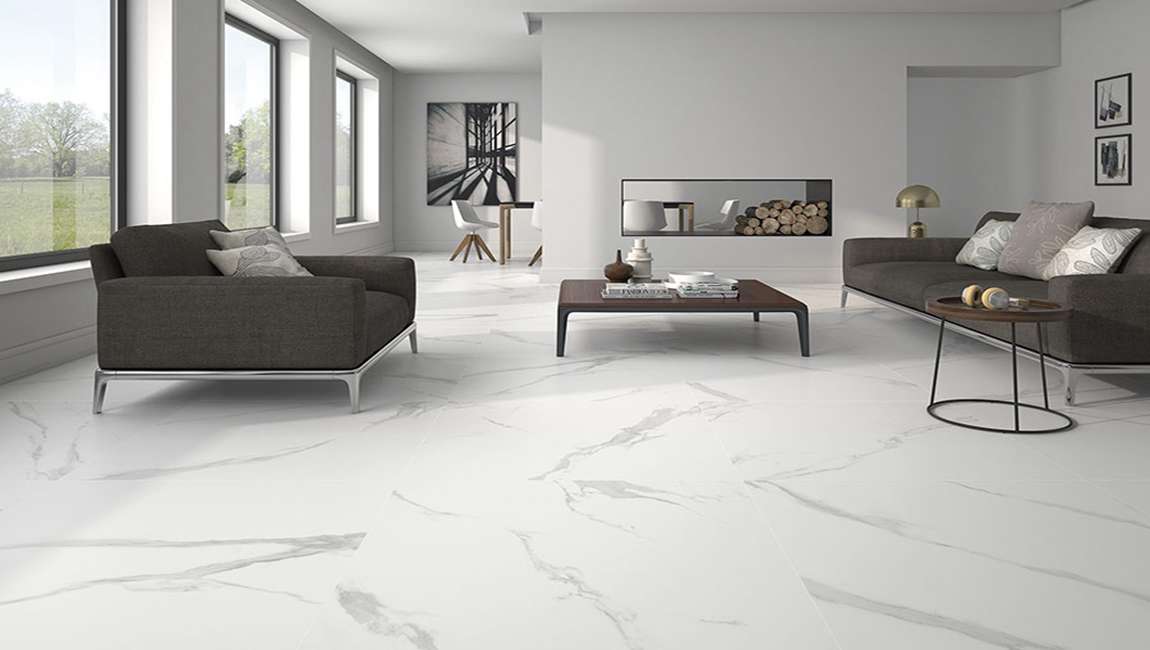How Using Baking Soda Paste Clean Grout
Make a baking soda paste. Combine about two tablespoons of baking soda with about one tablespoon (15 milliliters) of water. The mixture should not be too thin. If it sloshes about in the bowl you mixed it in, add some more baking soda to help it achieve a more paste-like texture. It also shouldn’t be too thick. If the mixture is thick and dry, and doesn’t adhere well to the fork or spoon you use to mix it, add some water to thin it out.
The more grout you have to clean, the more paste you’ll need. Apply the paste to the grout. The easiest way to apply the paste to the grout is with your finger. Simply scoop a little dollop of the paste onto your finger tip and smear it in an even layer across the grout you wish to clean.
Mix water and vinegar. In a spray bottle, combine water and vinegar in a one-to-one ratio. For instance, you might combine 1.5 cups (354 milliliters) vinegar with 1.5 cups (354 milliliters) water. To prevent grout from accumulating grime in the shower, just spray this mixture onto the shower grout two or three times weekly after getting out of the shower.
Spray the mixture onto the paste. Point the nozzle of the spray bottle toward the baking soda paste you’ve smeared along the grout. Squeeze the handle of the bottle. Repeat as necessary until all of the paste has bubbled up somewhat. You may have to wait about five minutes for the vinegar and baking soda to react.
Scrub the grout. Once the paste has become fizzy with the application of the vinegar mixture, use a stiff-bristled toothbrush to scrub the grout clean. Use a toothbrush you aren’t planning on using again for anything but detail cleaning.

